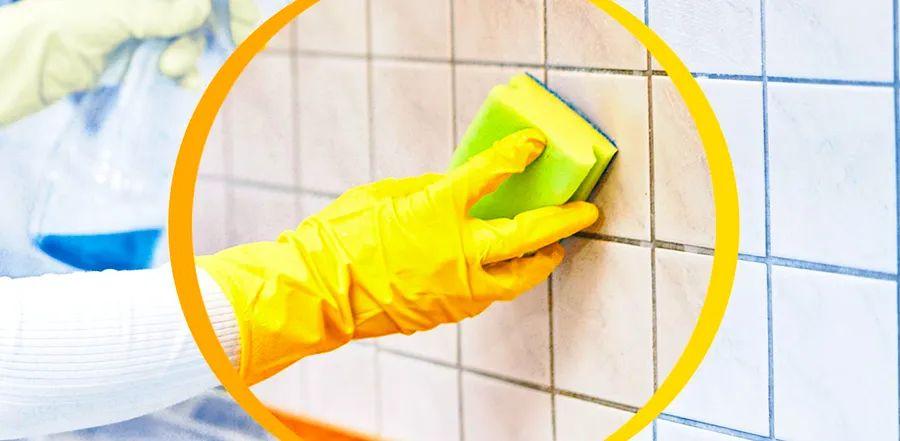How to Effectively Clean Grease Off Your Kitchen Backsplash, According to Professional Cleaners

While many people regularly clean their cooktops and countertops, the backsplash often gets overlooked. This area tends to collect grease splatters over time, which can harden and become increasingly difficult to remove.
What Leads to Grease Build-Up on Your Kitchen Backsplash?
Food scientist, Bryan Quoc Le, Ph.D., explains the science behind grease accumulation: As cooking oils, whether from animal fats or vegetable oils, heat up, they become more prone to oxidation.
As the grease lands on the backsplash, it undergoes a chemical reaction with the air, causing the oil to solidify. This creates large molecules that are tough to break down, even with soap and water. If the backsplash isn't cleaned after each cooking session, the grease builds up over time, leaving the surface sticky. If left untreated, the oil continues to accumulate, making the grease even harder to remove.
How to Tackle Grease Stains on Your Backsplash
Getting rid of stubborn grease splatters on your backsplash is easier than you think. Our experts reveal effective store-bought solutions and simple DIY hacks to eliminate greasy marks.
1. Commercial Degreaser
Delah Gomasi, founder and managing director of MaidForYou, advises using a degreaser of your choice to target grease on the kitchen backsplash. He recommends applying the degreaser to a microfiber cloth and wiping the area until the grease is gone. For any residue left behind, use a mixture of dish soap and water to clean it off. Rinse and repeat the process until the cloth comes away clean.
2. Baking Soda
Baking Soda and Water for Grease Removal
- Quoc Le explains that when baking soda mixes with water, it forms a paste that can effectively break down grease. 'Grease consists of fatty acids, and when baking soda interacts with these deposits, a chemical reaction called saponification takes place,' he says. This reaction turns the grease into a soapy substance, making it easier to wipe away from the backsplash tiles.
3. Cornstarch
Cornstarch acts as a natural degreaser, soaking up grease from surfaces.
For fresh grease splatters, quickly sprinkle a generous amount of cornstarch over the area and let it sit for about 15 minutes. Afterward, use a mixture of soap and water along with a soft cloth to wipe away the powder and grease. While it may seem like an extra step, this method is a highly effective home remedy for removing fresh grease stains.
For Stubborn Stains That Won't Come Off, Try This
- Mix one part water with two parts cornstarch until you have a thick paste.
- Spread a generous layer of the paste over the grease stain using a knife or spoon.
- Let the paste sit for 24 hours, then wipe it off with a clean towel.
Cleaning Backsplash Tile vs. Grout
Grout is the cement-like material that fills the spaces between tiles, including those on your kitchen backsplash. Since the backsplash has a smooth surface, Gomasi and Quoc Le recommend using soft materials, like a cloth towel, for wiping down the tiles. However, grout is porous and requires more effort to clean, often needing an abrasive tool. Here's Gomasi's method for tackling grout:
- Use a toothbrush or a stiff-bristled brush dipped in degreaser to scrub away any remaining oil.
- Switch to the same brush with a mixture of dish soap and water to remove any traces of the degreaser.
- Rinse and repeat the process until the water from the brush runs clean.
How Often Should You Clean Your Backsplash?
To keep your kitchen pristine, it's important to clean your backsplash after every cooking session. Wipe it down with a mixture of soap and water to remove most of the oils and prevent them from oxidizing and accumulating over time.
Gomasi suggests incorporating backsplash cleaning into your daily routine, using mild dish soap and water at least once a day. To keep it sparkling, consider adding a degreaser, baking soda, or cornstarch into your weekly cleaning regimen.

1

2

3

4

5
Evaluation :
5/5